Royal Navy To Get Up To Six New Amphibious Warships
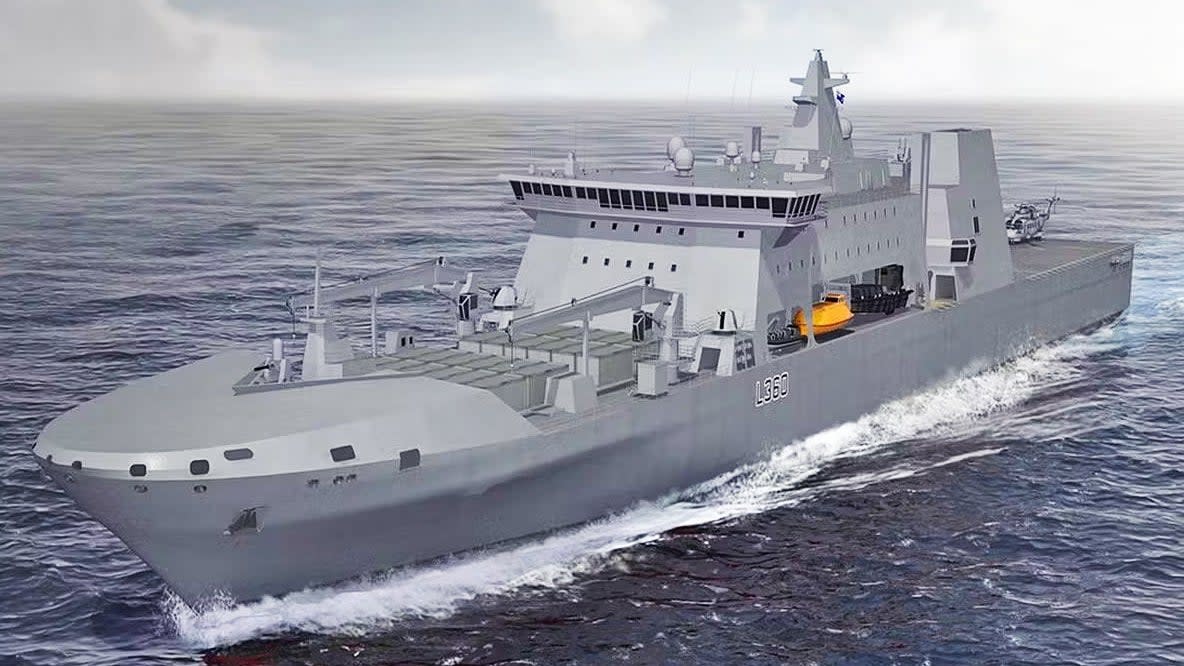
- Oops!Something went wrong.Please try again later.
The United Kingdom has announced plans to build up to six new Multi-Role Support Ships (MRSS), a new class of amphibious warfare vessels that will join an ambitious shipbuilding program that now includes a total of 28 warships and submarines. The new MRSS vessels will also accommodate drones, a growing area of interest for the U.K. Royal Navy.
Heralding a new “Golden Age for British shipbuilding,” U.K. Defense Secretary Grant Shapps said that the MRSS vessels would be designed to “rapidly deliver the famous Royal Marines Commando Force onto coastlines around the world to conduct special operations. ”
“MRSS will be highly flexible warships, able to deploy on a wider variety of operations, and designed to carry vehicles, aircraft, insertion craft, and a broad range of uncrewed systems for complicated missions,” Shapps said. “They will also be able to act as primary casualty receiving ships, providing urgent medical care to our forces wherever they are deployed.”
In a statement, the U.K. government confirmed that the Ministry of Defense is now in the initial concept phase of the MRSS program and will work with industry prior to finalizing the vessel’s design. The concept art at the top of this story is only a possible configuration for a ship in this class, from the London-based BMT Group.
The government says that “up to six” MRSS will replace a variety of in-service vessels, including two Albion class landing platform docks, three Bay class landing ship dock (auxiliaries), and the aviation support ship RFA Argus, in the early 2030s.
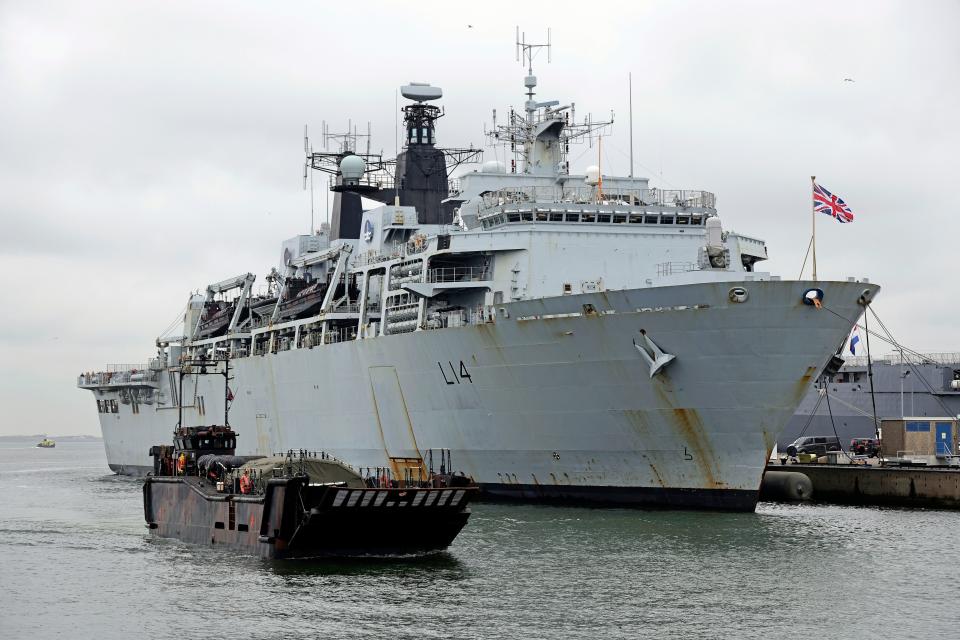
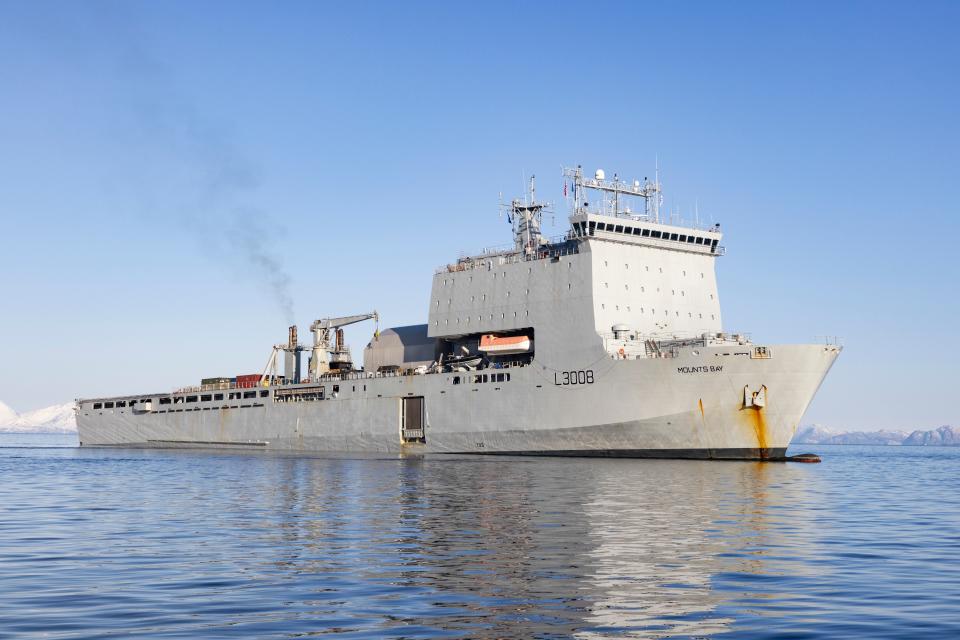
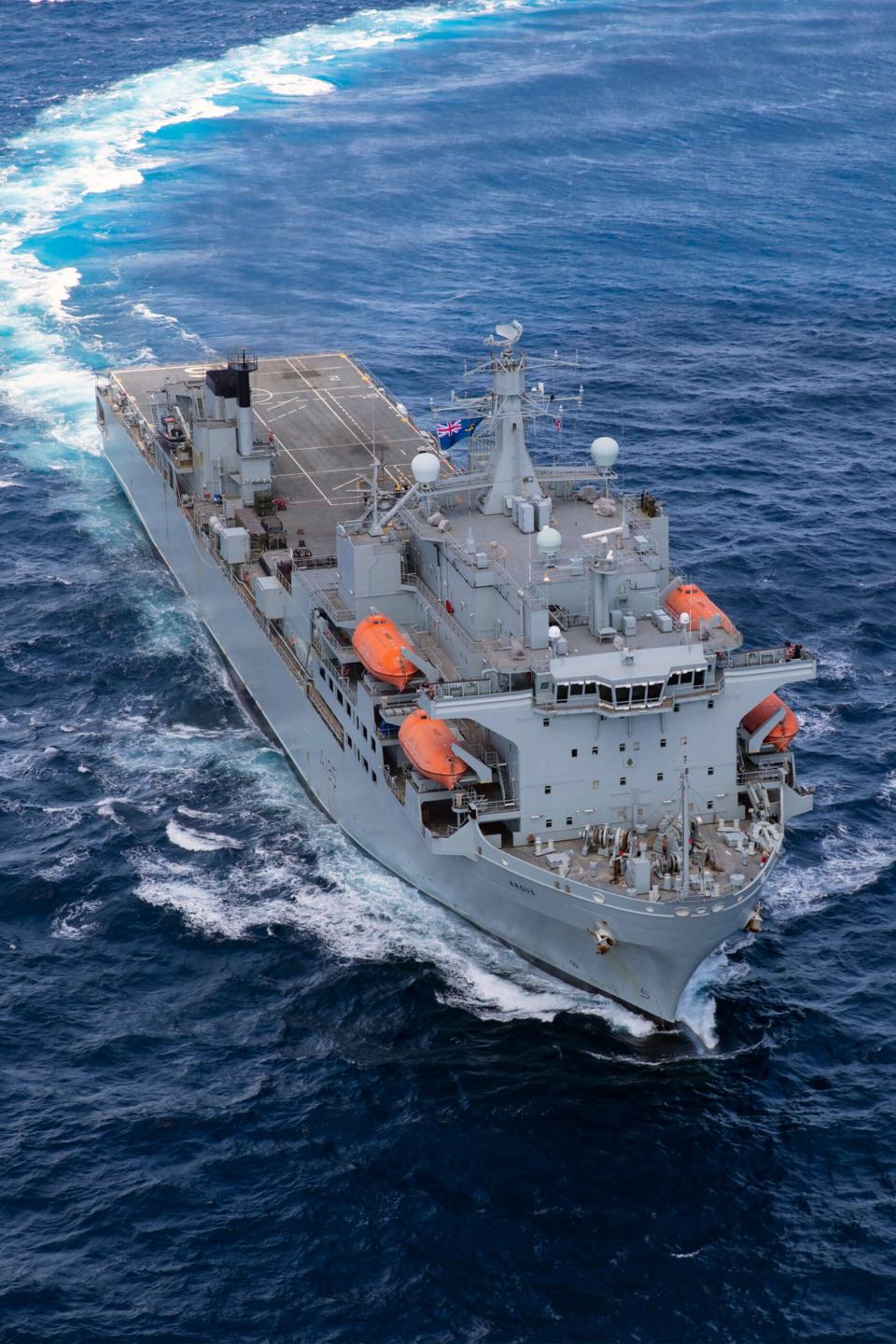
The First Sea Lord, Admiral Sir Ben Key, said:
“I am delighted that the Secretary of State has cemented the future of our Royal Marines by committing to this new class of up to six amphibious vessels. These will be the most capable amphibious warships the nation has ever owned, designed to be fully interchangeable with our closest allies in Europe, and in NATO.”
As part of a refocus toward amphibious warfare capabilities, spurred by the resurgent Russian threat, the Royal Navy will also retain HMS Albion and HMS Bulwark until their planned out-of-service dates of 2033-34. Previously, there had been speculation that these vessels might be scrapped or mothballed before then.
In an interview with The Telegraph newspaper, Defense Secretary Shapps provided more details about the requirements for the new amphibious warships.
“We’re making these critical investments in shipbuilding to build the future Royal Navy needed to deter our adversaries, and then win if they are not deterred,” Shapps said.
“As nations like China and Russia invest heavily in their militaries we must make sure the U.K. leads our allies so that the West is not left behind.”
The same article added that the new vessels will feature docks for landing craft, a flight deck for helicopters and drones, and a hangar capable of accommodating helicopters as large as the Chinook.
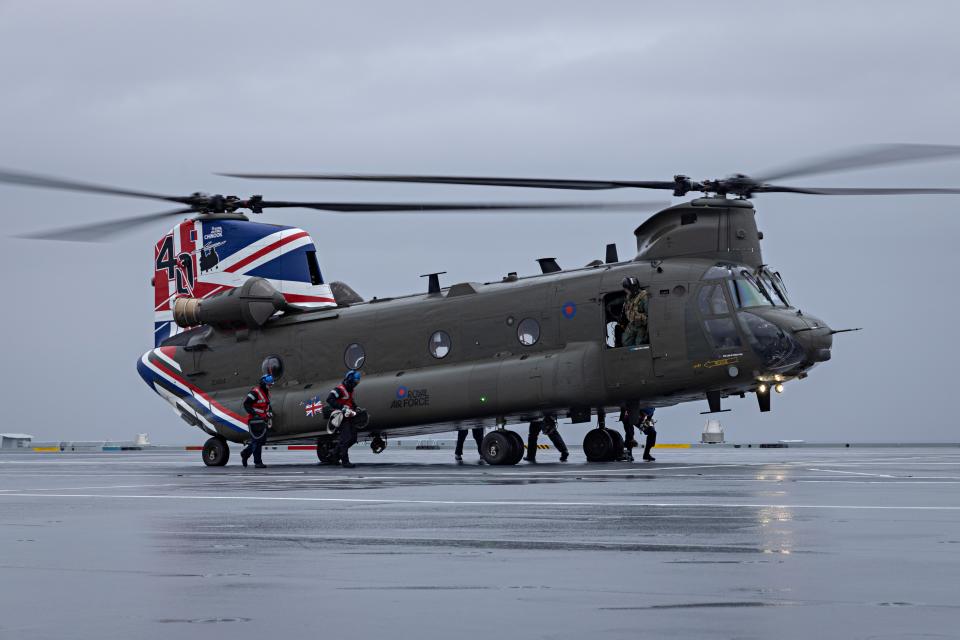
“Crucially,” the report added, the MRSS will “have the ability to host and launch attack drones from a dock that can be lowered into the water. It is also hoped that DragonFire, a high-powered laser beam that can shoot down enemy drones and missiles, will be fitted on ships.”
The reference to waterborne drones would suggest that the United Kingdom has taken on lessons from the war in Ukraine, where uncrewed surface vessels and uncrewed underwater vessels have had a significant impact.
“Obviously we are a blue-sea navy, we go everywhere around the entire world,” Shapps said during a visit to a shipyard in Scotland. “But we also know we need to be flexible enough to incorporate the lessons of, for example, the way that the [Russian Navy] Black Sea Fleet has been immobilized, in many cases sunk, without firing torpedoes from conventional large ships. These multirole ships will be able to be much more flexible in their approach and allow us to operate at both those levels.”
Turning next to weapons, in January this year, the Royal Navy announced that it had tested its Dragonfire laser weapon, which it says promises to be able to down incoming drones, missiles, and aircraft at a cost of “no more than £10” per shot — around $13.
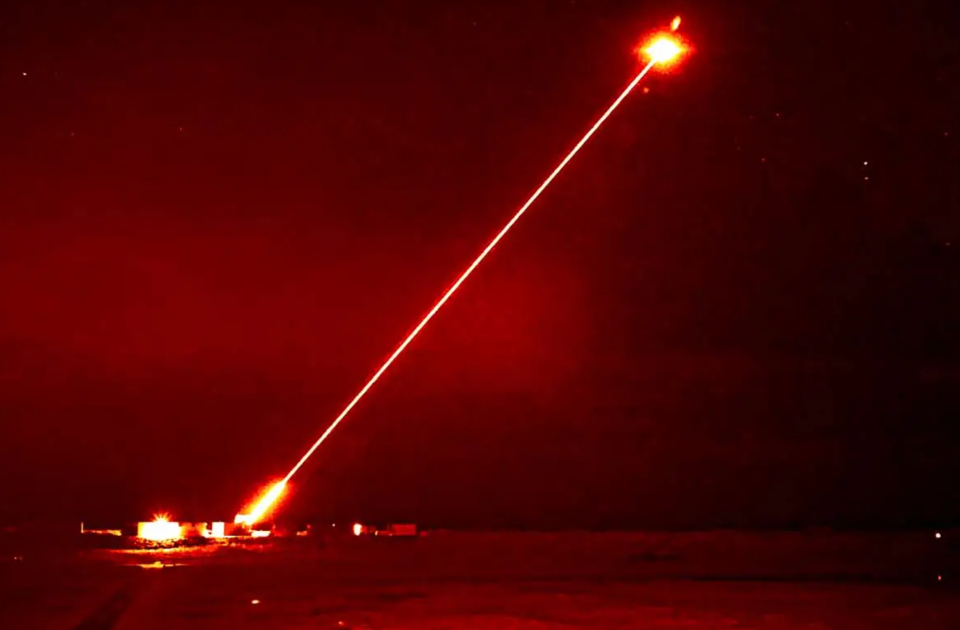
At that point, there was no plan to install Dragonfire on any existing Royal Navy ships, but the service said it could be installed on those currently under construction, including the new Type 26 and Type 31 frigates — with the MRSS now seemingly added to that list.
The war on Houthi drones in the Red Sea — in which the Royal Navy has played an active role — provides evidence of the growing need for a weapon in this class. However, it should be recalled that laser weapons currently have major limitations in range and effectiveness, especially during various environmental conditions. They are also limited by the number of targets they can engage over a finite time due to the dwell time needed for the laser to take effect on each target. As such, laser point defense is seen as a critical layer in a much larger defensive capability set and it is not a panacea for drones and other threats.
Finally, as for the kinds of aerial drones that might be embarked on the MRSS, this remains unclear, although there’s no doubt that this is an area in which the Royal Navy is currently very interested.
Of particular relevance, bearing in mind the limited dimensions of the helicopter-optimized flight deck on the MRSS, is the Royal Navy’s Vertical Take-Off/Landing Autonomous Collaborative Platforms (VTOL ACP) program. This which aims to develop VTOL drones that will be able to conduct missions including intelligence, surveillance, and reconnaissance (ISR); logistics; and strike.
Interestingly, the new warships will also be designed to accommodate standard shipping containers, “which enable the space to be transformed and able to carry a wide variety of cargo depending on its mission.” No further details were provided, but a number of cargoes are possible, including additional command and control equipment, medical evacuation payloads, or even strike capabilities in the form of containerized missiles, a growing trend among navies around the world.
“The whole point of the MRSS, which we call non-complex warships, is to build an adaptable hull,” an unnamed senior Royal Navy source told The Telegraph. “Today you need to build ships that have got space in them. These will be better than the ships they replace as they will be cheaper to run and have greater adaptability with hangars to take helicopters and landing craft. They will also be more environmentally friendly as they will be designed to use adaptable fuels.”
The commitment to building new amphibious warfare vessels is good news for the Royal Navy and the Royal Marines that will go into battle onboard them, especially considering the whittling down of U.K. capabilities amphibious for many decades. However, the fact remains that, depending on budgets and priorities, not all six may be built.
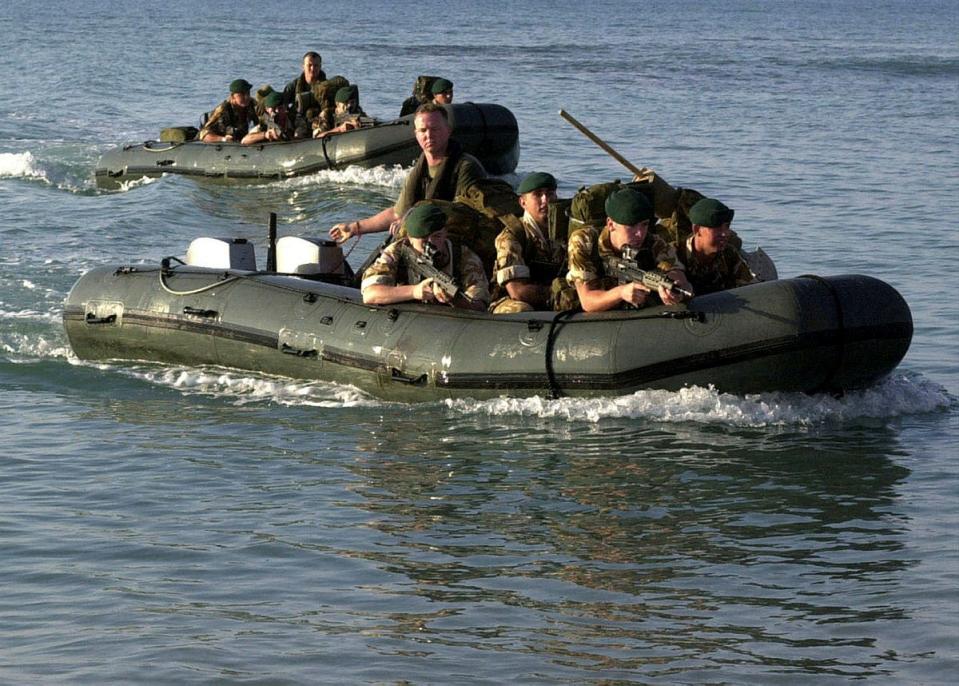
Those that are completed will be much more capable than their predecessors but will be expected to replace six existing vessels directly, and likely will have to take on other missions, too, further stretching them.
After all, while building warships that can take on multiple roles potentially provides a huge level of utility, it also means they will likely be called upon for a variety of other tasks beyond the core mission of amphibious assault.
Nevertheless, the U.K. government has been promoting its warship-building program as a cornerstone of its new-look military strategy, which includes a commitment to increase defense spending to 2.5 percent of national wealth by 2030.
If all six MRSS are completed, the Royal Navy is slated to receive 28 warships and submarines, including the new Type 26 and Type 31 frigates, the Astute and Dreadnought classes of submarines, as well as new Fleet Solid Support ships.
At the same time, the Royal Navy is facing cuts to its existing fleet, including the confirmation today that two more of its Type 23 frigates — HMS Argyll and HMS Westminster — will be retired.
Earlier this year, TWZ reported about how the Royal Navy is so short on sailors that it would likely have to decommission two Type 23s, to ensure it can staff its new class of frigates. The move will reduce the service’s current fleet of 11 Type 23s to nine.
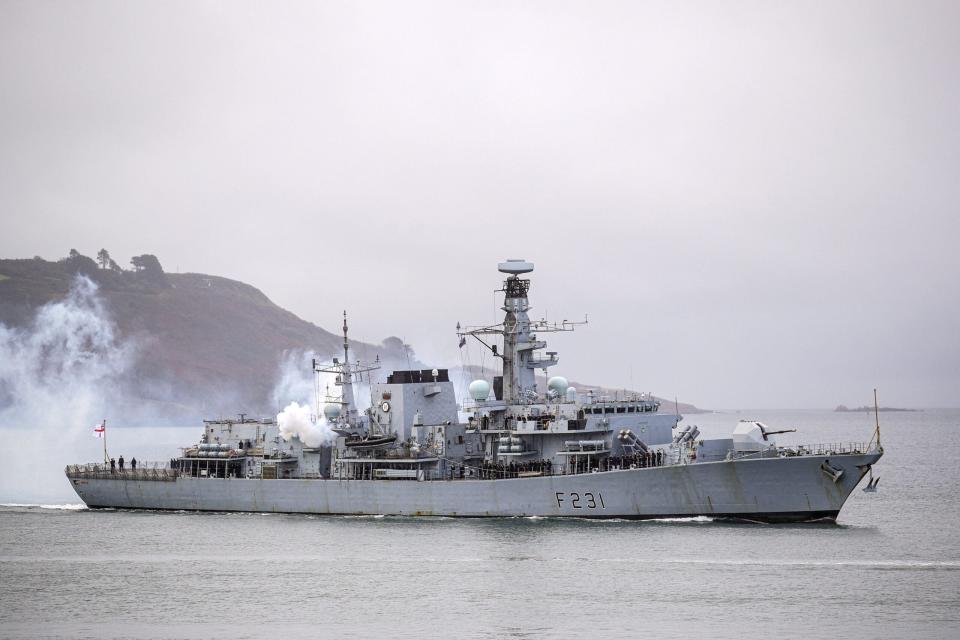
With big-ticket programs such as the Tempest future combat aircraft and replacement of the Trident submarine-based nuclear deterrent to fund, it’s possible that, even with increasing budgets, there may be further cutbacks. So far, the Royal Navy has shown itself to be notably vulnerable to such force reductions.
At the same time, the issue of manpower should be at least partly addressed by a greater degree of automation on future warships. This will be the case for the eight Type 26 frigates and five of the smaller Type 31s, with the MRSS almost certain to follow the same pattern.
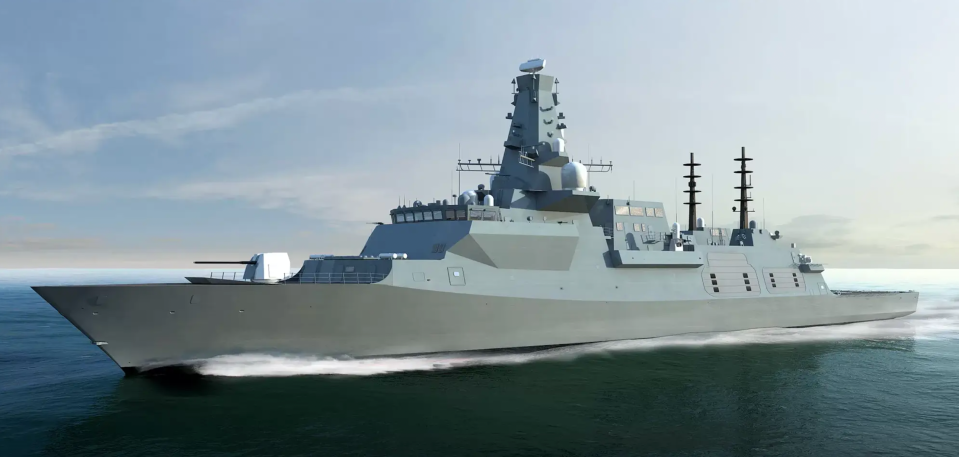
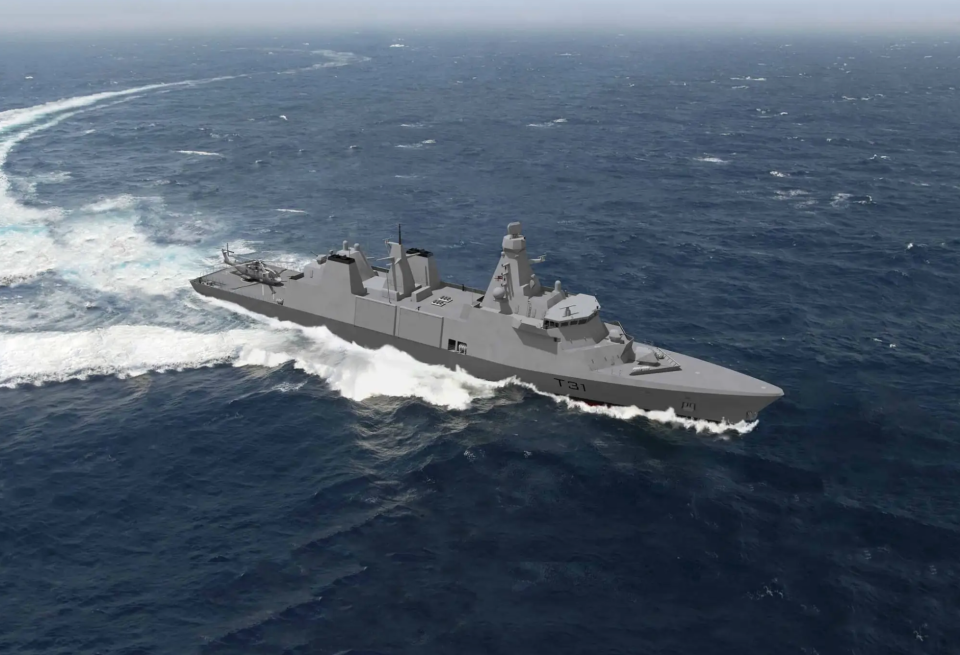
Other challenges include balancing the twin demands of projecting power far into the Pacific, to respond to China’s growing military threat there, as well as facing off an increasingly belligerent Russia closer to home.
While a new class of multirole amphibious warfare vessels will be able to help meet these ambitions, they can only be in one place at one time, a fact that is just as relevant to the Royal Navy’s enormously expensive Queen Elizabeth class aircraft carriers.
It will certainly be interesting to see how the final design of the new Multi-Role Support Ships reflects these demands, as well as the different kinds of missions they will ultimately be equipped to carry out.
Contact the author: thomas@thewarzone.com

